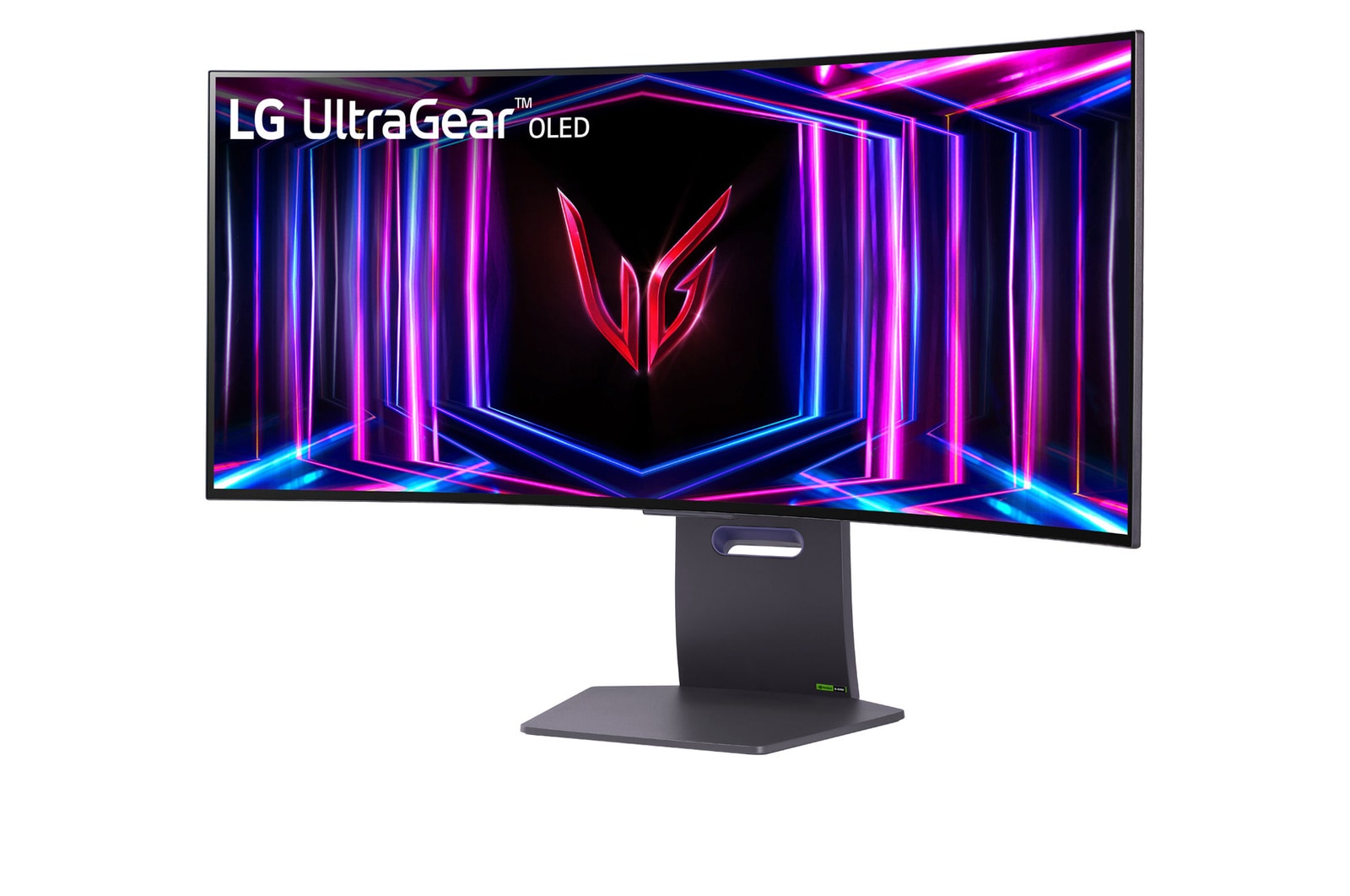Blitz News Digest
Stay updated with the latest trends and insights.
Game On: Why Your Monitor Matters More Than You Think
Unlock your gaming potential! Discover why your monitor is the secret weapon you didn't know you needed for an epic gaming experience.
The Impact of Refresh Rate: How It Affects Your Gaming Performance
The refresh rate of a monitor is a crucial factor that significantly impacts your gaming performance. Refresh rate, measured in hertz (Hz), indicates how many times per second the display updates with new image data. For example, a monitor with a refresh rate of 60Hz refreshes the image 60 times per second, while a 144Hz monitor does it 144 times. Higher refresh rates deliver smoother gameplay and reduce motion blur, which is essential for fast-paced games. This can enhance your reaction times and overall gaming experience, especially in competitive environments. According to research from Display Ninja, higher refresh rates provide a noticeable improvement in fluidity, making it easier to track moving objects on the screen.
Moreover, the impact of refresh rate is not only about smooth visuals; it also affects how your hardware performs. For instance, pairing a high-end graphics card with a low refresh rate display can lead to underutilization of the GPU's capability. When gaming at higher frame rates, a monitor with a refresh rate of 240Hz or more can better match the output of powerful graphics cards. Consequently, low refresh rates can create a bottleneck, resulting in a less responsive gaming experience. To get the most out of your gaming setup, consider upgrading to a monitor with a higher refresh rate. For further insights on this topic, check out PCWorld.

Resolution vs. Response Time: Which Matters More for Gamers?
When it comes to gaming, two critical factors often debated are resolution and response time. Resolution refers to the clarity and detail of the graphics displayed on the screen, measured in pixels, with higher resolutions like 1080p and 4K providing a more immersive visual experience. A higher resolution can enhance gameplay by allowing gamers to see more detail, which can be particularly crucial in fast-paced genres like first-person shooters. According to a Tom's Guide article, more pixels lead to improved graphics but may require more powerful hardware, affecting overall performance.
On the other hand, response time measures how quickly a display can refresh the image being shown, which is vital for fast-paced gaming where split-second decisions can determine victory or defeat. A lower response time significantly reduces motion blur and ghosting, providing smoother gameplay and a competitive edge. For competitive players, response time can take precedence over resolution, as a TechRadar article explains, quicker responses may lead to better performance in high-stakes scenarios. Ultimately, while both factors are essential, the choice between resolution and response time may vary based on individual gaming preferences and the type of games being played.
Is Your Monitor Holding You Back? Signs It's Time for an Upgrade
In today's fast-paced digital world, having the right monitor can significantly impact your productivity and overall experience. If you're experiencing blurry images or flickering screens, these may be key indicators that your monitor is holding you back. Additionally, if you find yourself squinting or straining your eyes frequently, it may be time to consider an upgrade. Modern monitors offer advanced technologies such as low blue light settings and enhanced resolutions that can drastically improve your visual comfort and efficiency.
Another telltale sign that your monitor might not be cutting it is the inability to support your workflow requirements. If you regularly work with graphics-heavy applications or multitask with multiple windows, a smaller or lower-resolution monitor can hinder your performance. Furthermore, if your current monitor lacks features like adaptive sync technology or high refresh rates, you might be missing out on a smoother visual experience. Upgrading to a monitor that fits your needs can enhance not only your productivity but also your enjoyment of digital media.